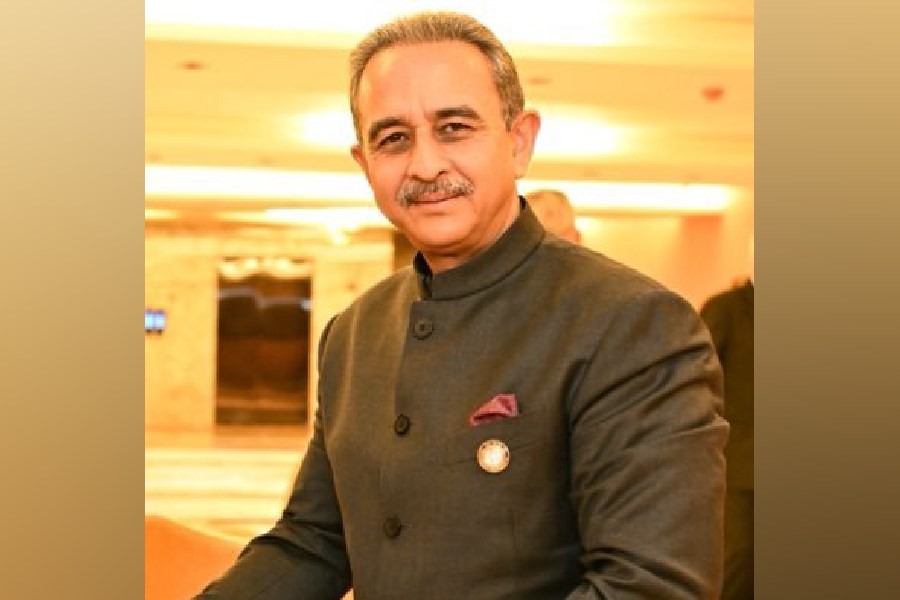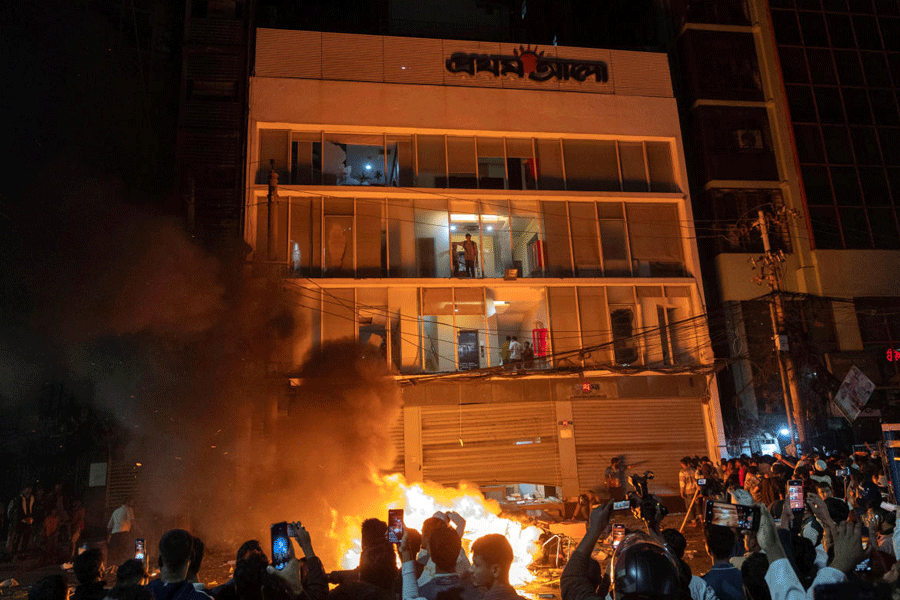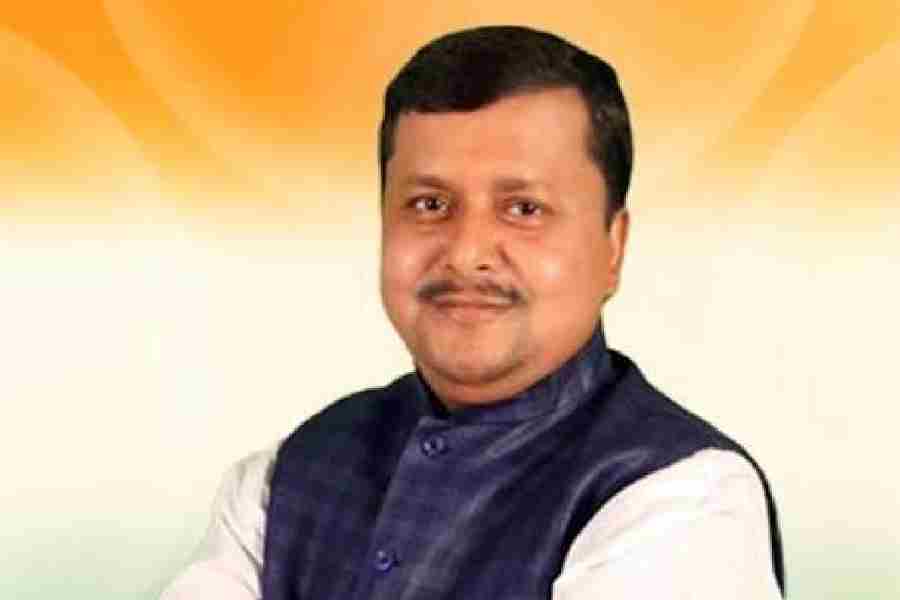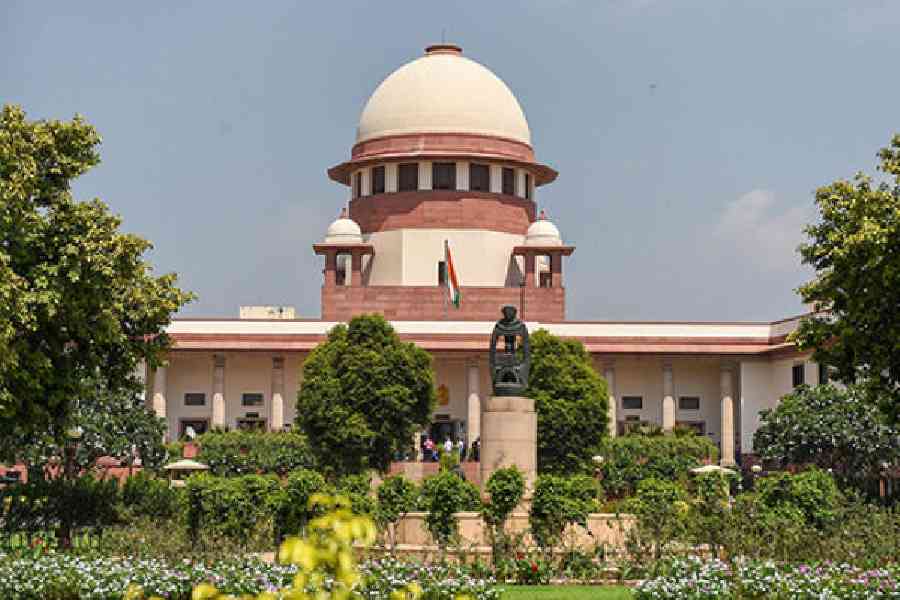The Sikkim State High Level Committee (SSHLC), formed to work on the modalities to include 12 communities in the Scheduled Tribe (ST) list, submitted its final report to the state government on Thursday.
Similarly, Darjeeling MP Raju Bista and Gorkha Janmukti Morcha leaders Bimal Gurung and Roshan Giri, along with office-bearers of the Gorkha Jaati Mahasangh, met Jual Oram, Union minister of tribal affairs, in Delhi on Friday.
“During the meeting (with Oram), we submitted detailed ethnographic data and other relevant reports and figures to back the re-inclusion of 11 left-out Gorkha subtribes of Darjeeling as Scheduled Tribes,” said Bista.
The MP used the word “re-inclusion” to stress that the 11 hill communities were classified as “hill tribes” by the British since 1931. These communities were not recognised as tribes in the1951 census.
The 11 hill communities seeking the ST status in Darjeeling are Bhujel, Gurung, Mangar, Newar, Jogi, Khas, Rai, Sunuwar, Thami, Yakka (Dewan) and Dhimal. In Sikkim, a demand has been to classify the Majhi community as the ST.
The Sikkim government had constituted the high-level committee on November 4, 2024, to work out the modalities to include the 12 communities in the ST list.
The committee was headed by Prof. B.V. Sharma, director, Anthropological Survey of India, and Mahendra P. Lama, professor, Jawaharlal Nehru University, as its vice chairman.
The committee, which consisted of experts in different fields, held four meetings since November. The team was mandated to prepare a comprehensive ethnographic and anthropological report of the communities.
“The committee was also asked to spell out the grounds and substantive socio-cultural, historic-geographical, ecological and legal justification which make the 12 left-out Sikkimese communities eligible for ST status according to the provisions of the Constitution,” said a source.










